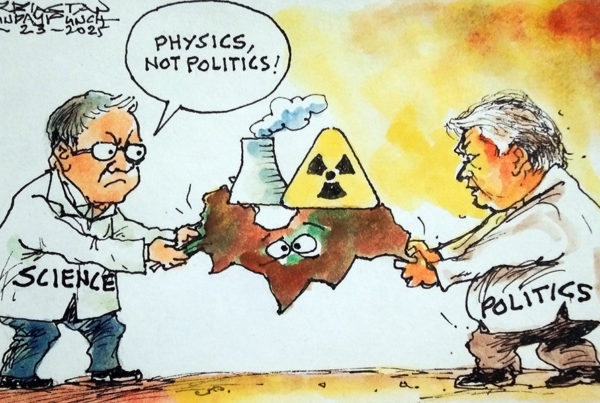Editorial
The brighter side
JUST a little over a month after typhoon Cosme struck the province, Pangasinenses again braced themselves last weekend for the worst as another super typhoon, named Frank, which left major destruction as it swept through the Visayas and southern parts of Luzon, was forecast to pass by Pangasinan.
Prayers were raised and the people, many still with their hands full on reconstruction efforts in the aftermath of Cosme, prepared to minimize Frank’s impact as much as humanly possible.
And the people were not alone in their preparations.
Government agencies, particularly the disaster coordinating councils at the provincial, city and municipal levels, were immediately on full alert. Early warnings and advisories were sent out, especially to those who were at greater risk; and those at greatest risk were evacuated from their homes before the typhoon struck. About 50 families in Sual and close to 200 families in Dagupan were reported to have been moved to safety prior to the foreseen calamity.
Fortunately, Frank did not prove to be as furious as Cosme. But that is not the only bright side to the event. Perhaps more importantly, it was an opportunity for our public servants to show how much commitment they indeed have to their profession by taking on the lessons from the past and learning from them. And the people in the community also put their best foot forward through their full cooperation to the authorities.
Natural disasters are inevitable, especially given that the country sits within the typhoon belt and the rim of fire. But through science and technology, we have advanced in terms of our ability to predict these occurrences, which means we can at the very least make preparations to minimize human casualties if not damages to private and public property.
But the biggest lesson to be learned from the onset of the last two typhoons just few weeks apart is never to believe that the worst is over after each typhoon. It is never over and our local governments, from the provincial to the municipal levels, should always be on the alert, always to be in constant state of preparedness. There are also countless lessons to be learned from the tragedy met by MV Princess of the Star and a number of fishermen who were lost at sea, and the numerous deaths seen by those who lived beside mountains, buried by raging mudslides in Iloilo province.
The lessons should serve residents and governments well, not only coastal towns and fishermen’s villages but towns located beside mountains and hilly areas. The bottom-line for them is – the abject lack of appreciation of planning and training for town alerts and scenarios for evacuation will always result in needless deaths and loss of properties.
Disaster-preparedness could not be achieved singularly — by one person or one sector. It is an endeavor that will entail the entire community with the local government leaders at the helm of the efforts. Looking at the bright side of disasters, it could always be the gauge of how political stars could shine.
But foremost of all, government and communities must view now our environment with greater respect and lesser tolerance for the wanton destruction of our resources. Our notorious “Bahala na” attitude has already shown what we stand to lose with each act of indifference to the plight of Mother Earth.









